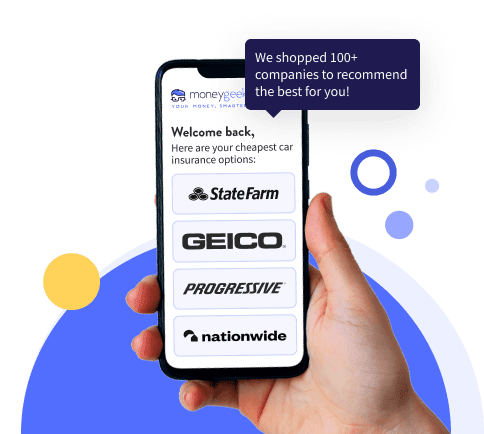Adding a driver to car insurance means officially listing someone on your policy with the same liability, collision, and comprehensive coverage you have. The named insured owns the policy and can make changes, cancel coverage, and receive claim checks. An additional driver can't modify the policy or receive direct claim payments.
You can add anyone with a valid driver's license who lives at your address or regularly uses your vehicle. Most insurers allow two to four drivers per policy and process additions within 24 to 48 hours, providing immediate temporary coverage while they review your request. You can add drivers at any point during your policy term, not just at renewal










